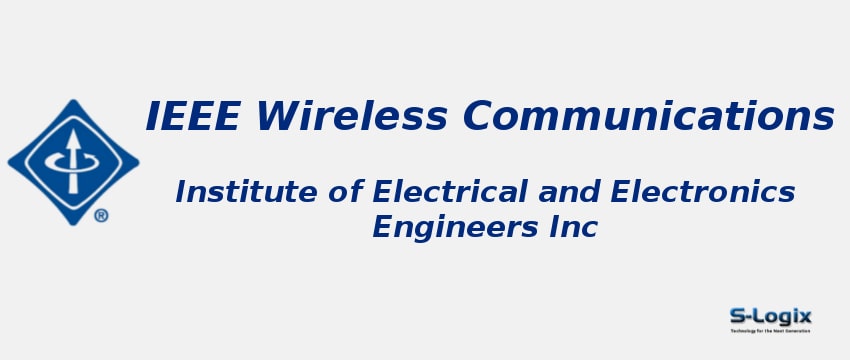Journal Home: Journal Homepage
Editor-in-Chief: Nirwan Ansari
Print ISSN: 1558-0687
Electronic ISSN: 1536-1284
Abstracting and Indexing: Science Citation Index Expanded, Scopus.
Imapct Factor 2024: 11.5
Subject Area and Category: Computer Sciences, Electronics and Telecommunications, Industrial Engineering
Publication Frequency: Bimonthly
H Index: 198
Q1: Computer Science Applications
Q2:
Q3:
Q4:
Cite Score: 21
SNIP: 3.066
Journal Rank(SJR): 4.406
Latest Articles: Latest Articles in IEEE Wireless Communications
Guidelines for Authors: IEEE Wireless Communications Author Guidelines
Paper Submissions: Paper Submissions in IEEE Wireless Communications
Publisher: IEEE Communications Society
Country: United States
